
Transformative Production Print Ecosystem
Unlock End-to-Endless Possibilities
While every production print organization is different, leaders are sharing similar challenges—a set of complexities that creates roadblocks to delivering their best work:
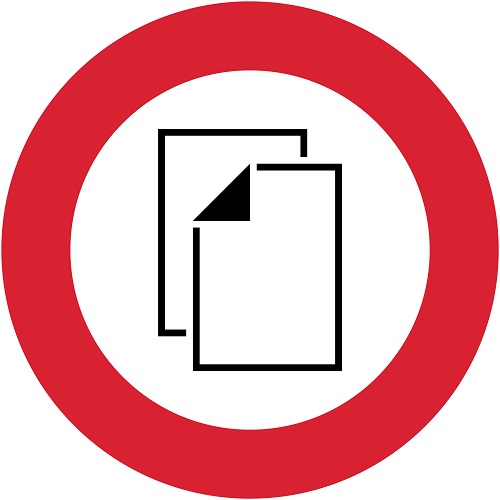
More short run jobs
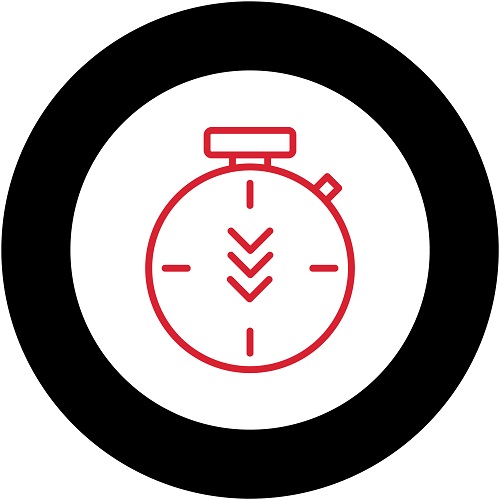
Faster turnarounds
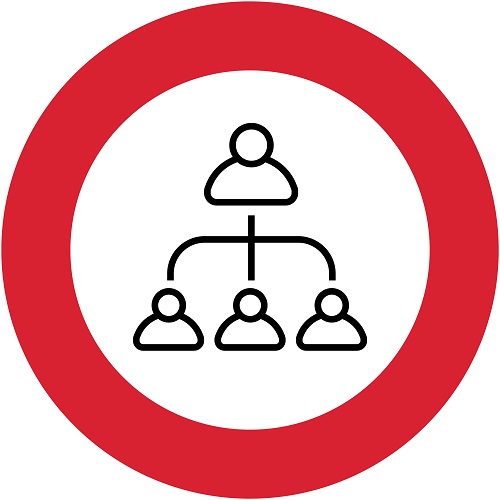
Too many manual touchpoints
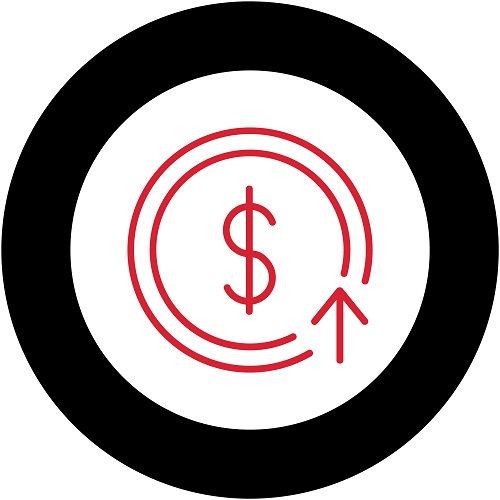
Rising costs
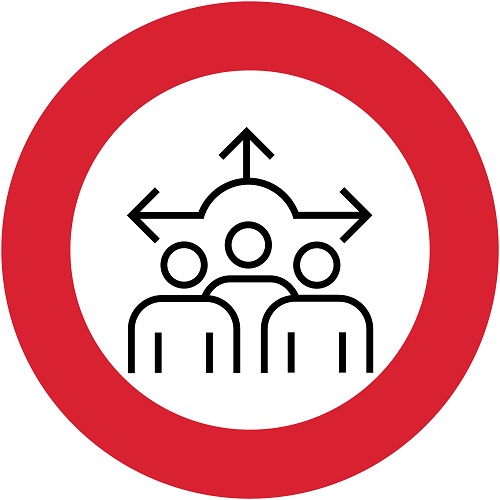
Labor shortages
Conquer the complexities of our dynamic market with our end-to-endless ecosystem of automated and AI-assisted production print solutions. Backed by our industry-leading service delivery and support infrastructure, our ecosystem helps eliminate time-consuming, costly tasks and waste so you can unlock more efficiencies and boost profitability.


Explore Our Ecosystem
Digital Press Platforms
Print like a pro in seconds.
When your growth potential depends on the ability to produce more jobs with shorter runs and fewer highly skilled people, you need presses that come with time saving, quality-assuring, step-eliminating automation built in, so production can be less of a production.
Explore the possibilities:

High-quality colour digital press and production printers enable print on demand, short runs and more.

Fast and reliable black-and-white printers are ideal for transaction printing and publishing.

No matter how you slice, staple, punch or bind it, Xerox solutions meet all your finishing needs.

From small to tall, we make it easier to baseline more media more productively.
Accelerate growth with Beyond CMYK embellishments.
Beyond CMYK is quickly becoming a driving force in the marketplace, unlocking valuable differentiation that helps you—and your customers—stand out from the crowd. Our Beyond CMYK Technology brings print to life quickly, easily and cost-effectively with glittering golds, stunning silvers, vibrant fluorescents and versatile layers of white and clear.

Go Beyond CMYK with Digital Printing
Our Genesis Initiative resources help inspire designers and grow your business.
Workflow Solutions
Put time-consuming tasks on autopilot.
Monetize every minute with automated, AI-assisted workflow solutions that help you overcome skilled labor shortages, supply chain challenges and competitive price pressures from order to delivery—and everything in between.
With our workflow solutions, you can:
Keep your presses fed even when your people aren’t working with web to print solutions
Slash job prep time from hours to minutes with Xerox® FreeFlow Core prepress automation
Create hyper-targeted communications in seconds with our variable data solutions
Extend your value beyond the printed page with XMPie® cross media solutions
Unleash better fleet performance with Xerox® FreeFlow® Vision Connect Software



Explore the possibilities:

Stop devouring profit with manual tasks. Make your workflow work—automatically.

Unleash a more predictively productive future.
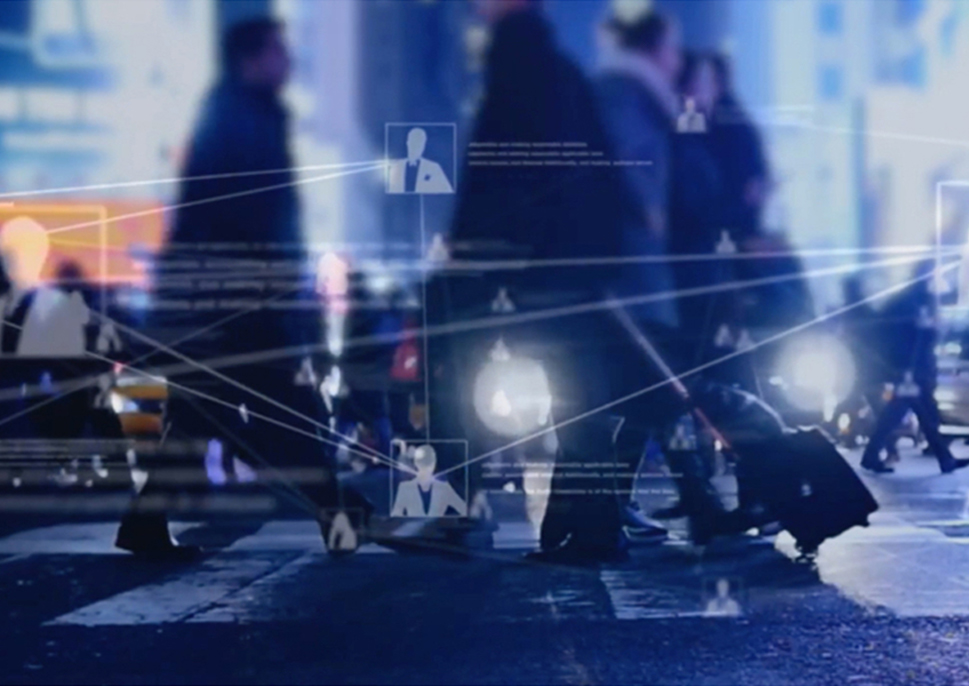
An all-in-one tool that helps you seamlessly plan, execute and track cross-channel efforts.
A Higher Standard of Security
Not today, hackers. We prevent—and protect.
Cybercrime is big business, but that doesn’t have to mean becoming a victim is inevitable. Our comprehensive approach to security helps you prevent unauthorized network intrusions, detect malicious attempts and protect your data and documents.

Service and Support
Stay up and running, 24/7.
Rest assured. There are literally thousands of experienced service engineers globally dedicated to providing you with a superior end-to-end client experience. Aided by self-monitoring presses and CareAR™ technology, they can even provide remote support to keep you up and running.
Count on real, timely support:
Self-monitoring technology with automatic software updates
Global support infrastructure with enhanced Augmented Reality (AR)- and AI-assisted remote technical support
Focused expertise when you need it: technical and engineering support, file and media testing—and more

Sustainability-Focused Solutions
Sustainability is our responsibility and our promise.
Our innovative products, services and processes deliver environmental, financial, and social benefits in our own operations and in workplaces, communities, and cities around the world. We recognize the impact our actions have on our global communities. We’re operating our business with sustainability in mind and have been recognized by multiple organizations as a leader in sustainability.
Here are some highlights:
Commitment to achieve net zero emissions no later than 2040
Since 2010, 100% of all new eligible product introductions have earned ENERGY STAR® certification
Energy efficient toner with no harmful VOC emissions
Toners are de-inkable so prints are recyclable—even if they are embellished
99% landfill avoidance of returned equipment and supplies in 2023

Preserving Our Planet
Our sustainability initiatives are making a positive impact for all of us.
Production Printing Insights

Virtual Designer Training: Xerox Adaptive CMYK+ Kit
Use popular digital embellishment techniques in your designs with adaptive CMYK+ kits on the Xerox Versant and Xerox PrimeLink Production Press

Breakthrough Performance with PrimeLink®
Join us for Xerox premier webinar to take a deep dive into the Xerox® PrimeLink® family of multifunction printers.

Solving Print's Pain Points
Explore the latest trends and solutions in print operations with Printweek’s special supplement, sponsored by Xerox. Gain insights into digital transformation, efficiency, and sustainability for your print business.

Xerox Iridesse Virtual Designer Training
Add popular digital Beyond CMYK embellishments to your projects when using the Xerox Iridesse Press.

Xerox® Iridesse® Presses: Empowering Clients with On-Demand Printing
See how Xerox® Iridesse® Presses helped a client meet complex client needs with on-demand printing, exact quantities, and specialty embellishments, all while maintaining high standards.

40 Years Strong: Pronto Reproductions and Xerox Forge a Resilient Partnership in a Shifting Market
See how the partnership between Pronto Reproductions and Xerox continues to drive agility and growth in a shifting market with the Xerox® Iridesse® Production Press.






